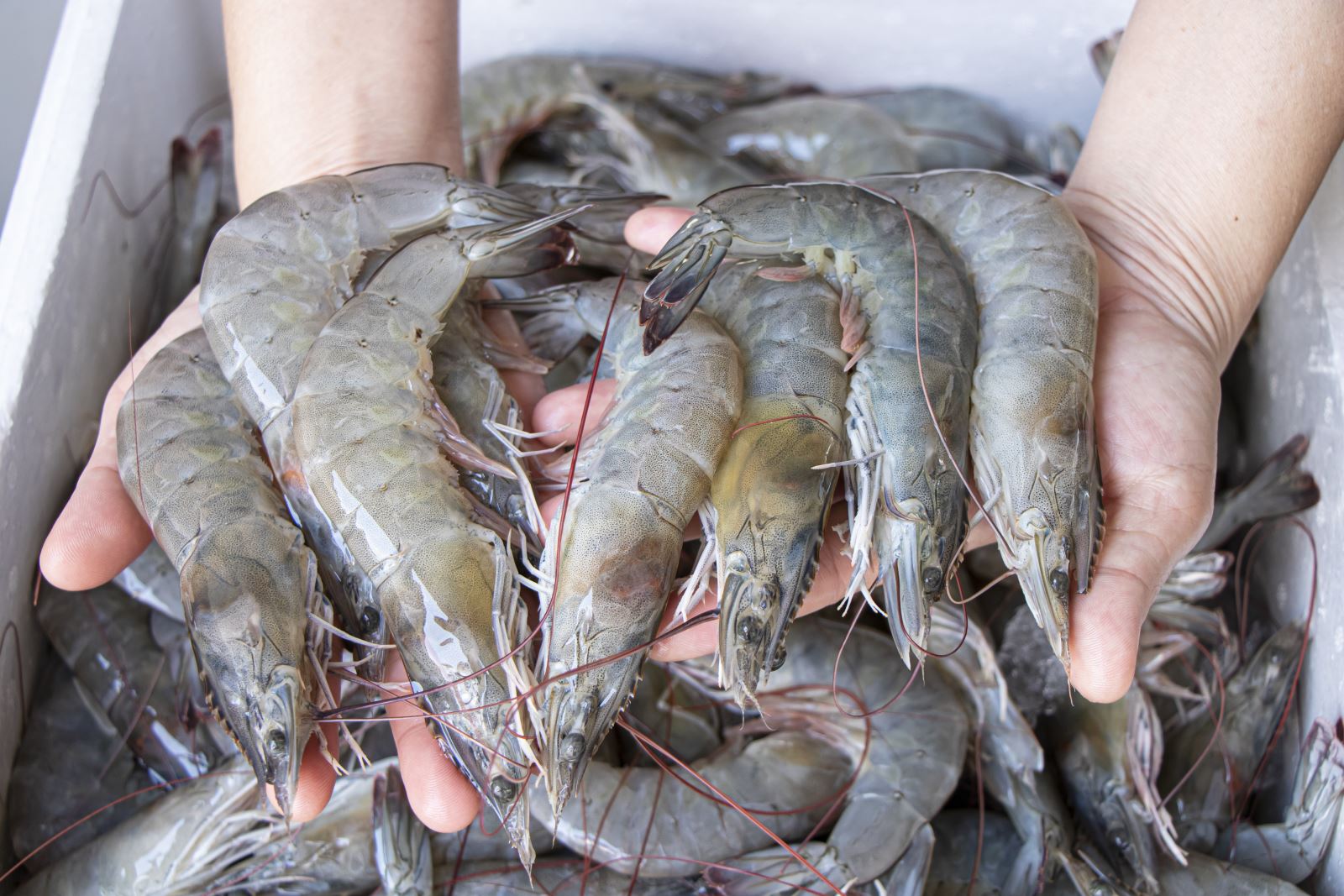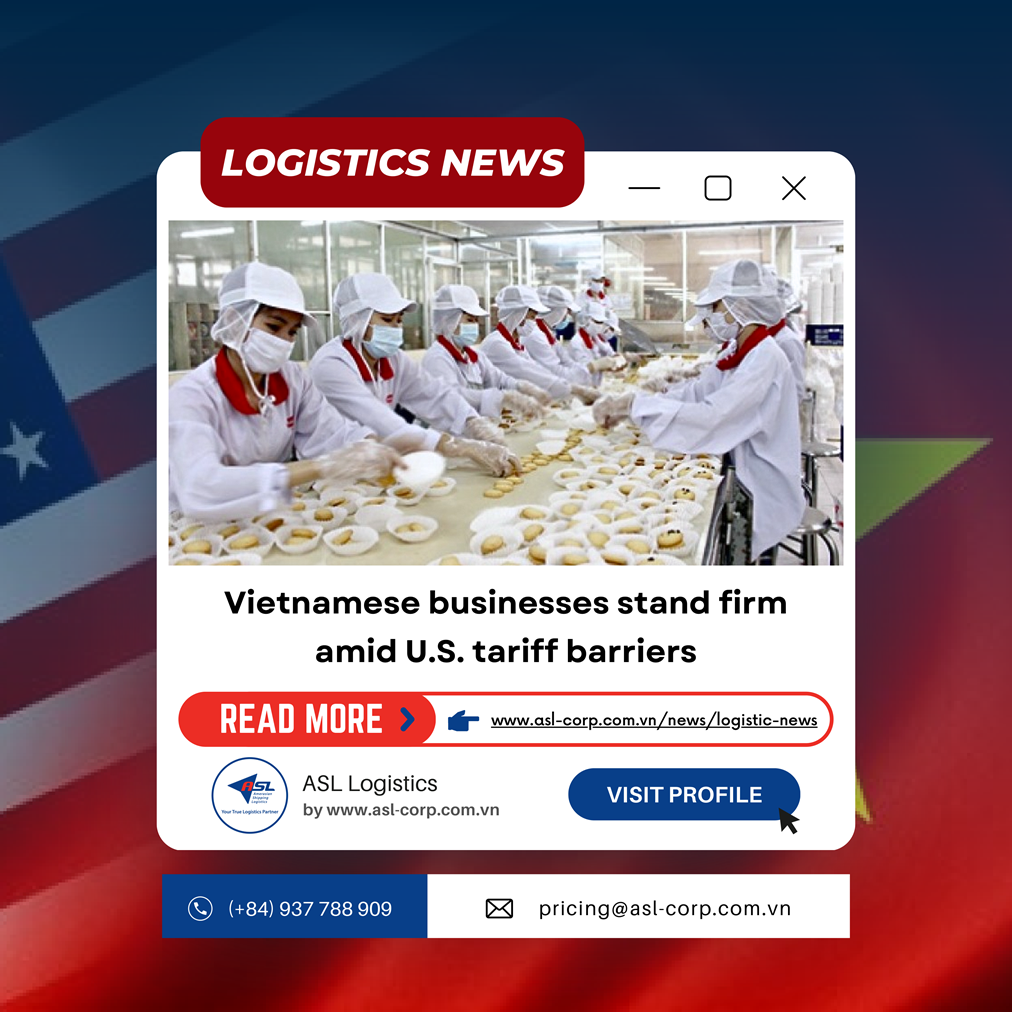Logistic News
SHRIMP IMPORT DEMAND IS EXPECTED TO BE MORE POSITIVE FROM THE SECOND QUARTER OF 2023
20 April 2023
Import demand for shrimp is expected to recover from the second quarter of the lower price trend in 2022.
According to the Vietnam Association of Seafood Exporters and Producers, Vietnam's shrimp exports in March 2023 reached US$265 million, down 33% over the same period last year. Accumulated in the first 3 months of the year, exports reached 600 million USD, down 37%.

Shrimp import demand is expected to be more positive in the second quarter of 2023
Shrimp exports to main markets simultaneously decreased by double digits in March this year. In which, exports to Japan and South Korea decreased by around 20%, exports to the US, EU and China decreased by about 40%.
In the structure of exported shrimp products, the export value of whiteleg shrimp reached US$451 million (accounting for 75.2%), down 38% over the same period. Export value of black tiger shrimp reached $83 million, down 34% while other shrimp exports reached $65 million, down 34%.
Japan is Vietnam's largest shrimp import market, accounting for 17.6%. In the first quarter of this year, shrimp exports to this market reached more than US$105 million, down 29% over the same period. Japan's shrimp import demand this year is expected to remain stable. Japan is also focused on boosting exports by many businesses this year thanks to stable demand, low inflation, and better profit margins in Japan due to the high percentage of goods sold in Japan. high processing and coordination.
In the first quarter of this year, Vietnam's shrimp exports to the US reached more than 104 million USD, down 46% over the same period. Record inflation, reduced purchasing power, and high inventories from 2022 are all factors that reduce the demand for shrimp imports into the US. The situation of US shrimp imports from Vietnam is highly dependent on current inventories. If the situation is positive, import demand may recover after the second quarter of this year.
According to data from the US Department of Agriculture, in the first two months of this year, shrimp imports to the US from Vietnam reached 6,322 tons, worth $66 million, down 44% in volume and 49% in value over the same period last year. 2022. The average price of shrimp imports into the US from Vietnam in the first 2 months of this year decreased by 1 USD/kg over the same period last year from 11.4 USD/kg to 10.4 USD/kg. Two shrimp products with HS codes 1605211030 and 1605211020 are still the two most imported products to the US in the first two months of this year.
In the first quarter of this year, shrimp exports to the EU market reached $89 million, down 44% over the same period. Shrimp exports to the EU are not evaluated positively in 2023 due to the impact of the Russia-Ukraine war.
In the first half of 2023, Korea's shrimp imports will slow down due to economic difficulties, then recover. In the first quarter of 2023, Vietnam's shrimp exports to South Korea reached US$78 million, down 25% over the same period.
Vietnam's shrimp exports in 2023 will face challenges from inflation, the global economic downturn affecting the consumption of major markets. Besides, Vietnamese shrimp must compete directly with Ecuador and India in terms of price. Import demand is expected to recover from the second quarter in the lower price trend of 2022.
In 2022, the whole country's brackish water shrimp farming area will reach about 747,000 hectares with an output of more than 1 million tons, an increase of 8.5% compared to 2021. In 2023, our country's shrimp industry aims to reach 750,000 area. ha with an output of more than 1 million tons of shrimp of all kinds and strives for an export turnover of approximately $4.3 billion.
In the context, Vietnam's shrimp industry still faces many difficulties and challenges in both input and output related to the supply of raw materials from seed quality, disease control, control of farming areas. ; the ratio of area and production of shrimp farming according to GAP and organic certification standards is still low.
The production cost of shrimp is still much higher than that of Ecuador and India. To achieve the set goals, the shrimp industry needs the support of the Government and ministries and sectors and the active participation of stakeholders in the shrimp value chain.
On the side of businesses, it is necessary to optimize costs, focus on developing added value, improve product quality, and redirect the export of national-specific products such as shrimp - forest, shrimp - rice. change product structure to meet the needs of each market segment, prepare raw material sources and production capacity to keep pace when shrimp demand in the world market recovers.
Source: congthuong.vn

Head Office
ASL Hồ Chí Minh
Số 31/34A Ung Văn Khiêm, Phường Thạnh Mỹ Tây, TP. Hồ Chí Minh, Việt Nam
 Công Ty Cổ Phần Giao Nhận Vận Tải Mỹ Á
Công Ty Cổ Phần Giao Nhận Vận Tải Mỹ Á
 (+84)28 3512 9759
(+84)28 3512 9759
 (+84)28 3512 9758
(+84)28 3512 9758
 pricing@asl-corp.com.vn
pricing@asl-corp.com.vn
 mdirector@asl-corp.com.vn
mdirector@asl-corp.com.vn
 www.asl-corp.com.vn
www.asl-corp.com.vn
LOGISTICS SERVICES










.png)
.png)

.png)





